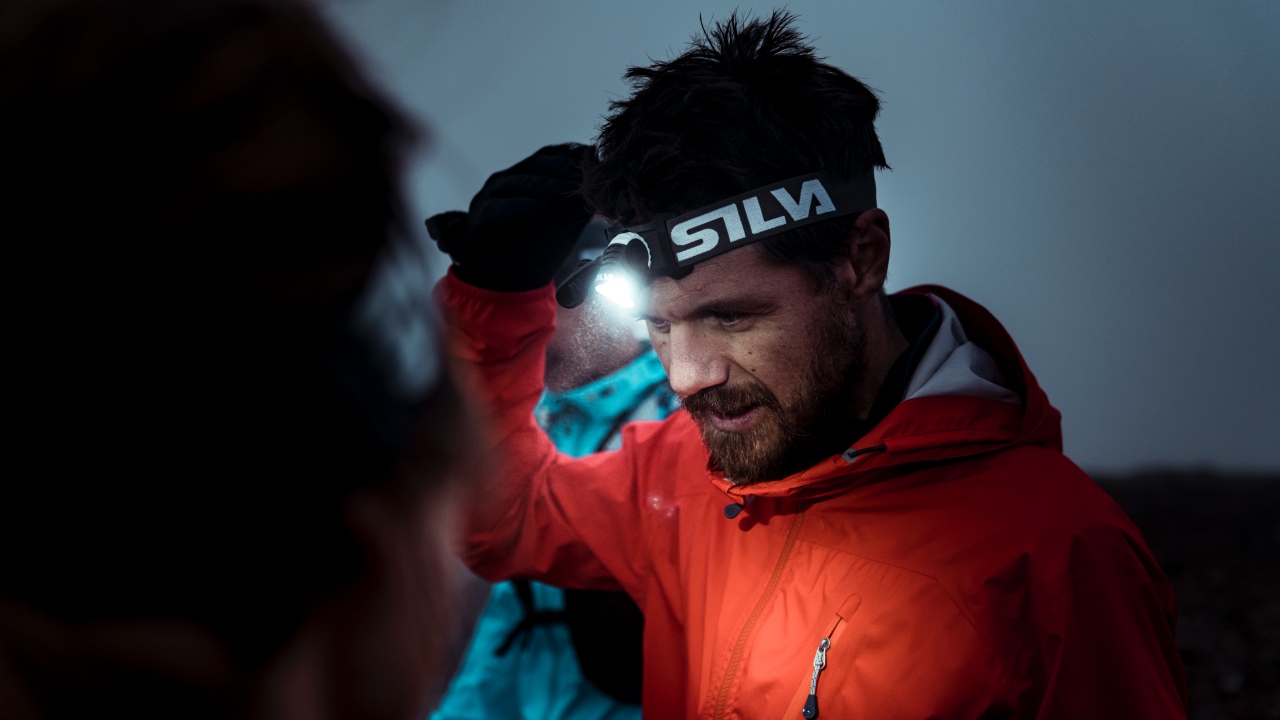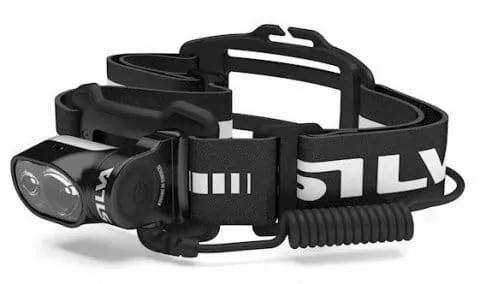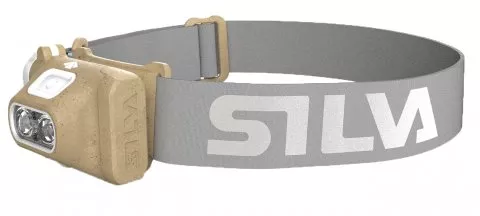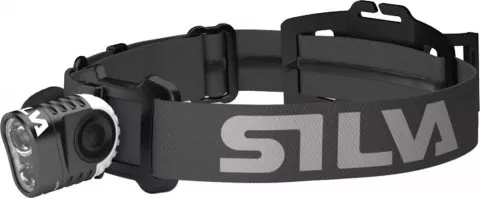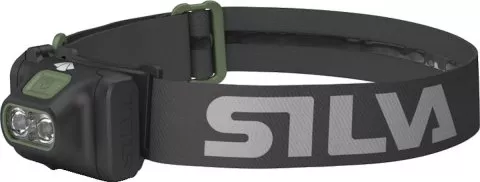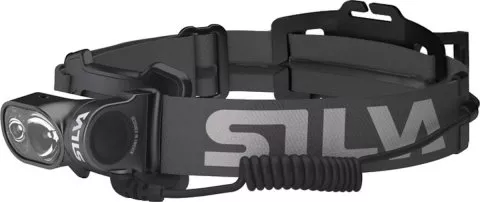See and be seen! The number one safety rule when running in darkness, fog or dusk. A headlamp should be in every runner''s kit - yes, even yours. However, there's a huge number of brands and types on the market. Struggling to find the right one? We have 7 important factors for you to consider when making your choice:
- Light intensity
- Reach of light
- Light beam pattern
- Battery life
- Wearing comfort
- Red light mode
- Water resistance
1) Light intensity
The light in headlamps is given in units called lumens (lm). Light intensity tells you how much the light on the headlamp will shine. What does this mean? Conventional bulbs range from 300 to 700 lm. A headlamp for running should have a minimum of 100 lm. If you often run in areas without ambient light, such as forest paths, consider a headlamp with 200-300 lm.
What is lumen control function?
Most branded headlamps have a lumen control function that regulates the quality of brightness. What does it look like in reality? The headlamp regulates its own light output using a built-in microchip. This allows the same strong luminosity throughout the life of the battery. "Low-cost" headlamps from regular stores don''t have this feature, so after just a few dozen minutes you''ll notice the light output diminishing and visibility decreasing.
2) Reach of light
The number of lumens will tell you the brightness and radiance of the light at the source, but the range of the light beams will probably interest you a bit more. It tells you the distance you can see when you run. The range is from about 60 metres to, let''s say, 160 metres. You can get by with a lower range in the city, thanks to the presence of public lighting. The higher range will be useful on the outskirts of town or in the woods, where the headlamp is probably your only source of light.

3) Light beam pattern
This indicates how much the light from the headlamp is scattered and how much area around the headlamp is covered. Depending on the type:
- Narrow Beam Headlamp: Gives you a focused, sharp light with a long range that''s better suited for road runs where you don''t have to react to surface changes. However, sometimes the light is so strong that it can be uncomfortable.
- Headlamp with a wider beam: This is a better option for trail running in forests and on unpaved surfaces where you need to react to changes in terrain. The headlamp shines both ahead and around you. However, the light is not always as sharp as you need it to be.
There are also headlamps with adjustable beam shapes, so you can customize your lighting for different environments and terrains.
4) Battery life
A very important factor. The battery life measurement has gone through several changes. According to the new standards, the amount of time the headlamp emits full light after it is fully charged must be provided. On average, this time ranges from 1.5 to 3 hours. Of course, the headlamp will keep on shining after this period, but the light level will be lower. And how do you recharge your headlamp when it''s empty?
You can choose from three power options:
- Batteries: most headlamps can use AA or AAA batteries (depending on the information in the headlamp description).
- Rechargeable li-ion battery: lightweight battery with a great price/performance ratio and long life. It is usually included in the package together with a USB-C cable. It is a more environmentally friendly choice to batteries.
- Rechargeable batteries: some headlamp brands offer their own charging devices. An example is the Silva rechargeable battery. Thanks to the USB connection, you can charge not only your compatible headlamp with it but your mobile phone or sports watch as well.
Top4Running TIP: If you have a long run or race ahead of you, bring extra batteries or a backup headlamp in your running backpack to have them handy in case of emergency.

5) Comfort and customisation
There''s nothing more annoying than a headlamp that slides down your forehead with every step, or one that grinds on you, causing blisters, or even a headache. Comfort matters! Choose a headlamp with adjustable straps. You can easily adjust it to your head. Weight is also important because you definitely don''t want to carry more grams than necessary. Usually, the weight of a headlamp ranges from 60 to 120 grams.
6) Red light mode
This mode is included with most quality headlamps. Its main advantages are that the red light is not so sharp and does not dazzle other people or animals in the forest. Although it may appear to be weaker at the first glance and you may feel like you can't actually see anything in the dark, this is not the case. Try it with your own eyes and you may find that the red beams are much more pleasant than the white diode ones.
7) Water resistance
Make sure the headlamp you''re considering is water resistant. Water resistance or waterproofing are essential features for running in the city park as well as in the woods. You may get caught in the rain while training, but even dripping sweat can damage a headlamp. Some headlamps even have special features - moisture-wicking fabric or vents to help you maintain an optimal climate in your head area during your activity.
If you''re an adventurer, runner or hiker, you shouldn''t move around without a headlamp. And if you''re running a marathon or an ultra, you''ll often find a headlamp among the must-have gear, along with extra batteries. Check out the headlamps on Top4Running and get equipped!
